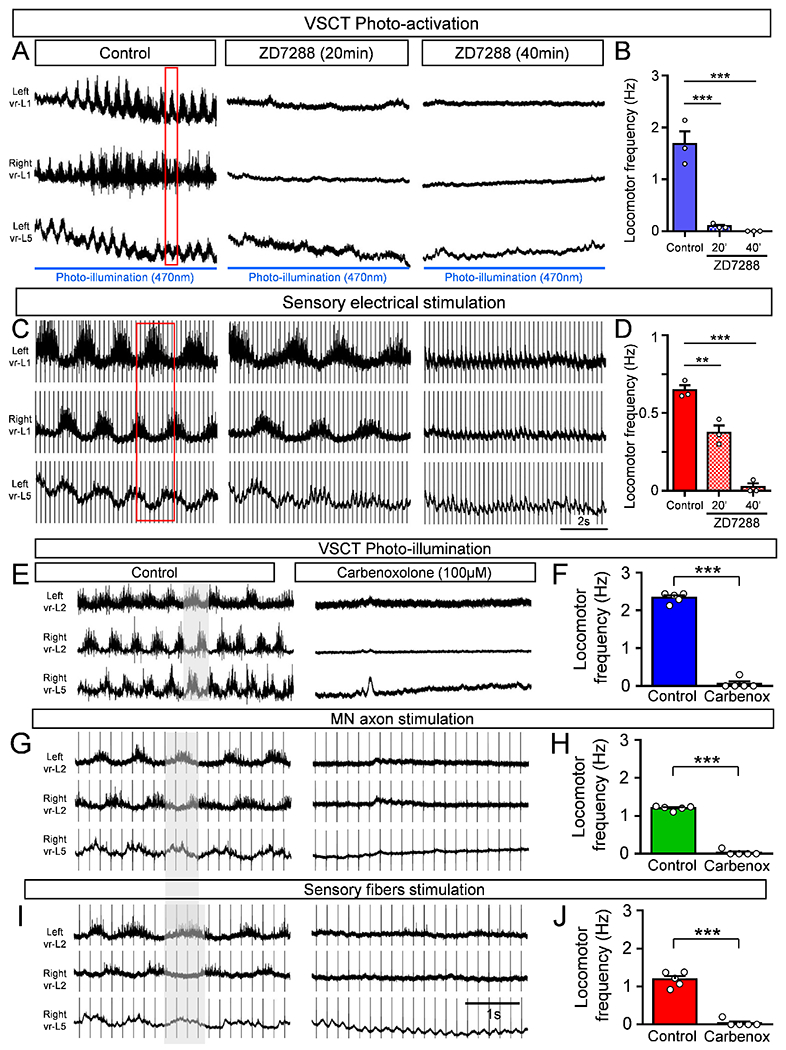Figure 5. The locomotor activity induced after photo-activation of VSCTs depends upon the h-current and gap junctions.

(A) Locomotor-like behavior induced by photo-illumination of VSCTs expressing ChR2 at P4 under control aCSF, and its abolition 20min and 40min after 100μM ZD7288 application. Duration of photoactivation: blue line. Red box: alternating activity in VRs. (B) Locomotor frequency before, 20min and 40min after ZD7288 (N=3). (C) Locomotor activity induced by sensory electrical stimulation in the same spinal cord shown in (A). Exposure to ZD7288 reduced locomotor activity after 20min and abolished it after 40min. (D) Locomotor frequency before, 20min and 40min after ZD7288. ** p<0.01, *** p<0.001, One Way ANOVA, Tukey’s post hoc test for both B and D. Locomotor activity induced by VSCT photoactivation in the L4/L5 segments from P3-P4 mice (E) or MN axon (vr-L5 L) stimulation (G) or sensory fiber (dr-L5 L) stimulation (I) in the same spinal cord. Carbenoxolone (100μM) abolished locomotor activity in all cases. Locomotor frequency following photo-activation of VSCTs (F), MN axon stimulation (H) and sensory fiber stimulation (J), before and after carbenoxolone. *** p<0.001, Two tailed, unpaired t-test (N=5). Data are represented as mean ± SEM. See also Fig. S5.
